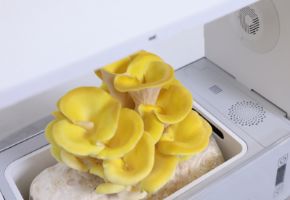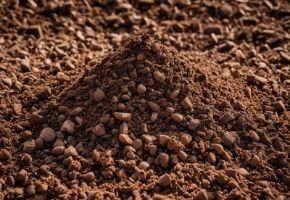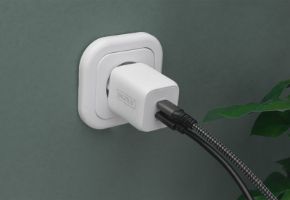Growing champignon mushrooms at home can be a rewarding and sustainable activity, but it requires careful preparation of the substrate to ensure optimal growth. In this article, we will explore the essential components and necessary steps to create an ideal substrate for champignon mushrooms.
Main components of the champignon substrate
From choosing the right manure to adjusting the pH with gypsum, to the inoculation and incubation phase, every detail is crucial for obtaining a bountiful and quality harvest.
1. Horse or cow manure (stallatico)
Manure (stallatico) is an excellent organic material rich in nutrients for the mushroom mycelium. Horse manure is particularly suitable for growing champignon mushrooms, but it can also be replaced with cow manure.
The manure must be well-matured, meaning fermented for a sufficient period to prevent excessive heat from damaging the mycelium. It is generally recommended to compost it for at least 3-6 months.
2. Straw or other fibrous materials
Straw is used to improve aeration and the structure of the substrate, also helping to maintain a good level of moisture. Wheat straw is a common choice, but other types of straw or wood sawdust can also be used.
3. Gypsum
Gypsum is added to adjust the pH of the substrate, so that it is slightly alkaline, between 7.5 and 8.5, which is the ideal environment for champignon mushrooms.
4. Vegetable compost
An alternative to manure for fertilizing the champignon mushroom substrate is the use of vegetable compost. This type of compost can be prepared using kitchen scraps, leaves, grass clippings, and other organic materials.
It is important to ensure that the compost is well decomposed and mature before using it, to prevent excessive heat from damaging the mycelium. Additionally, you can enrich the vegetable compost with nitrogen supplements, such as cottonseed meal or soybean meal, to further enrich the substrate.
Substrate preparation procedure
1. Composting
Mix horse (or cow) manure with straw cut into small pieces. The proportion of manure to straw can vary, but generally, about 3 parts of manure to 1 part of straw is used.
Add a small amount of gypsum (about 5% of the total weight of the compost) to adjust the pH.
Cover the material and let it compost for 3-6 months, occasionally mixing to promote oxygenation and a good decomposition process. The compost should become dark brown, have an earthy smell, and a moist but not excessively wet consistency.
Alternatively, the same procedure can be done with vegetable compost.
2. Sterilization (optional)
After composting, the substrate can be sterilized to eliminate any pathogens or mycelium competitors. This can be done with steam or in an oven, at 70-80°C for 1-2 hours, but this step is not always necessary if the compost has been prepared correctly.
3. Inoculation with mycelium
Once the substrate is ready and has reached the ideal temperature (about 25°C), you can inoculate the compost with champignon mushroom mycelium. This can be done by evenly distributing the mycelium over the substrate.
Mix well to ensure the mycelium is well distributed in the compost.
4. Incubation
After inoculation, the substrate should be kept in a warm and humid place, with a temperature between 24 and 26°C, so that the mycelium grows and colonizes the substrate.
The mycelium generally takes between 2 and 4 weeks to fully colonize the compost.
5. Fruiting
Once the substrate is fully colonized by the mycelium, lower the temperature to about 16-18°C and increase the humidity (80-90%) to promote fruiting.
You can cover the substrate with a light layer of soil or vermiculite to maintain moisture and monitor the growth of the mushrooms.
A demanding substrate
The substrate for champignon mushrooms must be well-aerated, rich in nutrients, and maintain a good level of moisture. Make sure to monitor the temperature and humidity throughout the cultivation phase to achieve good results.
By following our guidelines, you can create a perfect environment for your mushrooms to grow, ensuring you carefully monitor temperature and humidity to maximize results.
If you have difficulty monitoring the parameters, consider purchasing a greenhouse or mini greenhouse for growing, like our grow box!
The fungal kingdom is a universe in continuous evolution, with new scientific discoveries emerging every year about their extraordinary benefits for gut health and overall well-being. From now on, when you see a mushroom, you will no longer think only of its taste or appearance, but of all the therapeutic potential it holds in its fibers and bioactive compounds. ✉️ Stay connected - Subscribe to our newsletter to receive the latest studies on: Nature offers us extraordinary tools to take care of our health. Fungi, with their unique balance between nutrition and medicine, represent a fascinating frontier we are only beginning to explore. Continue to follow us to discover how these extraordinary organisms can transform your approach to well-being.Continue your journey into the world of fungi










